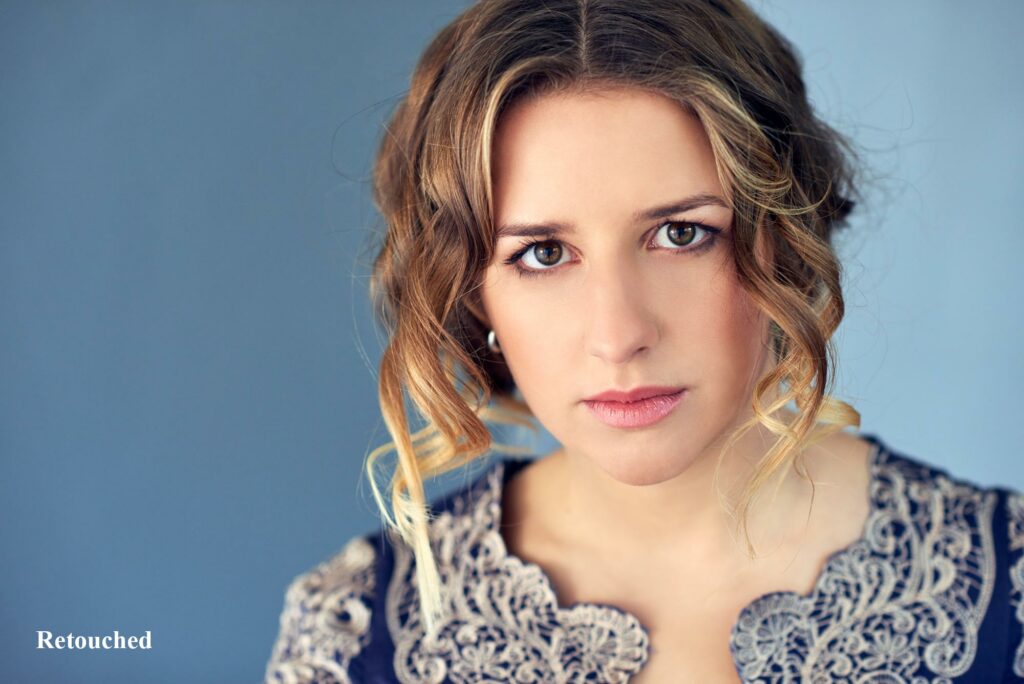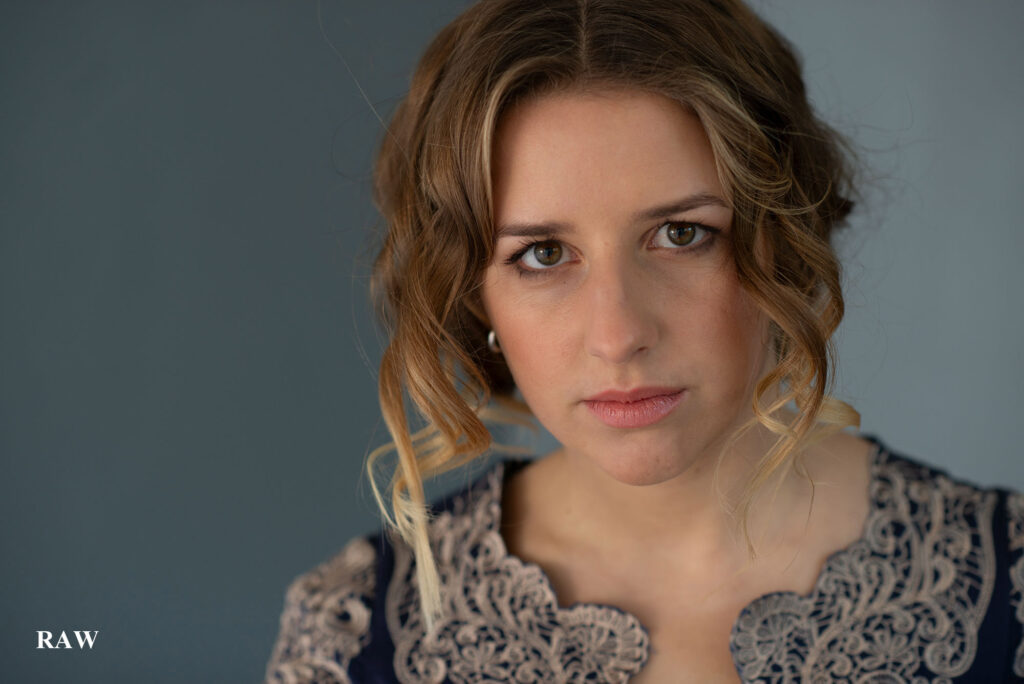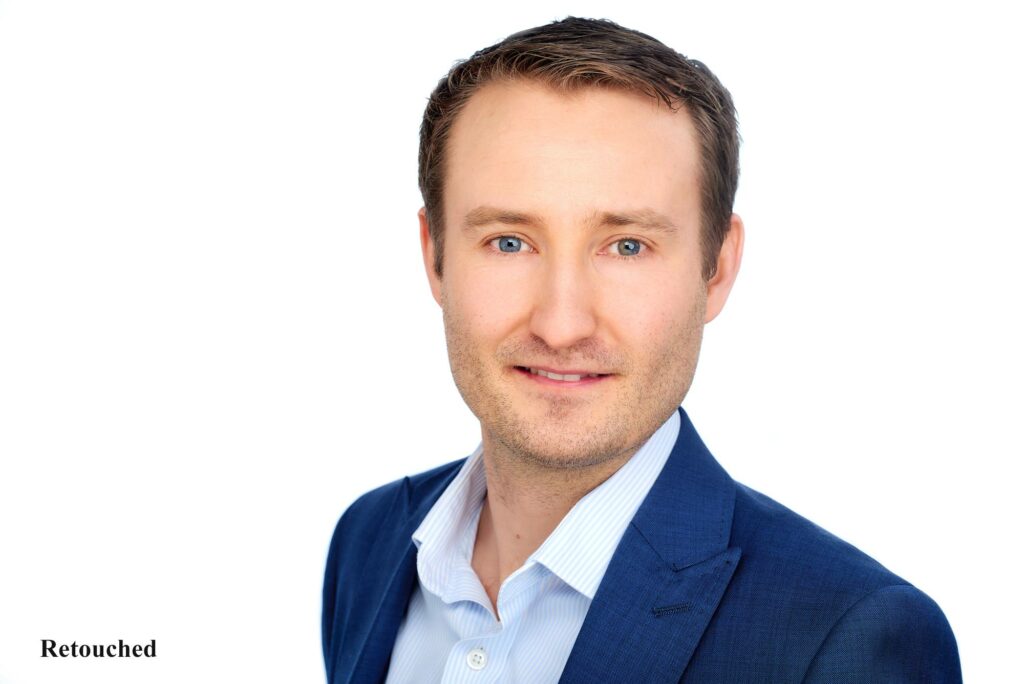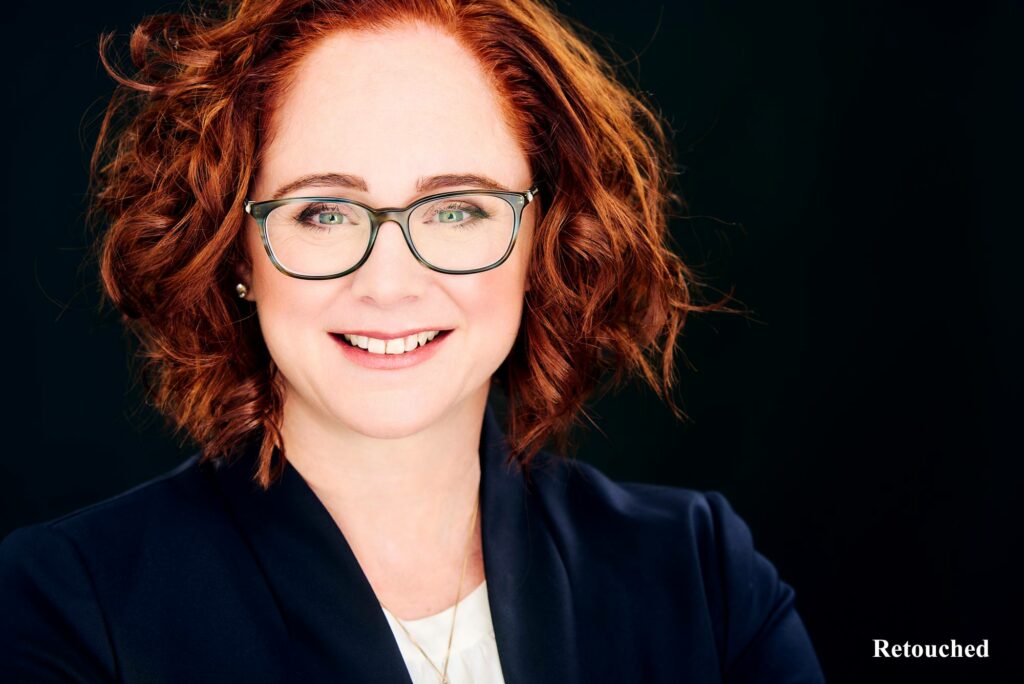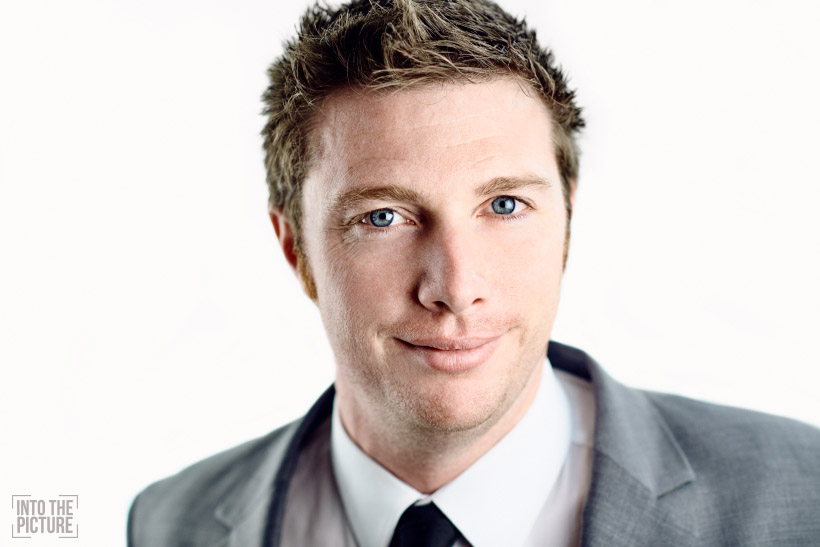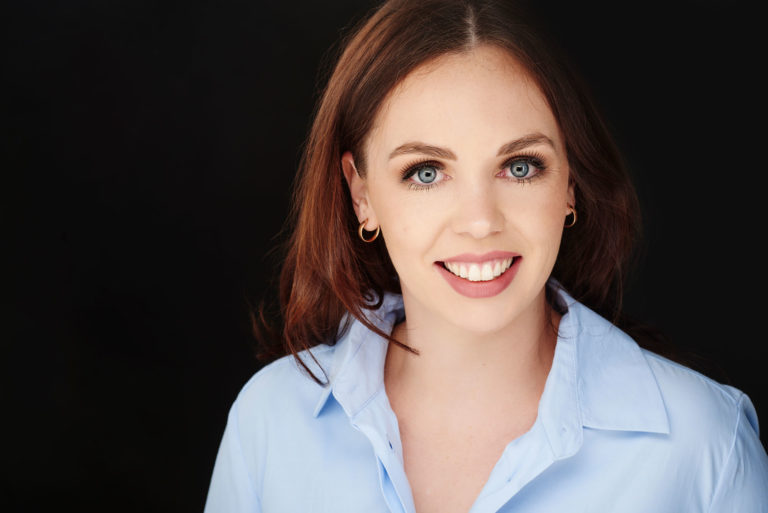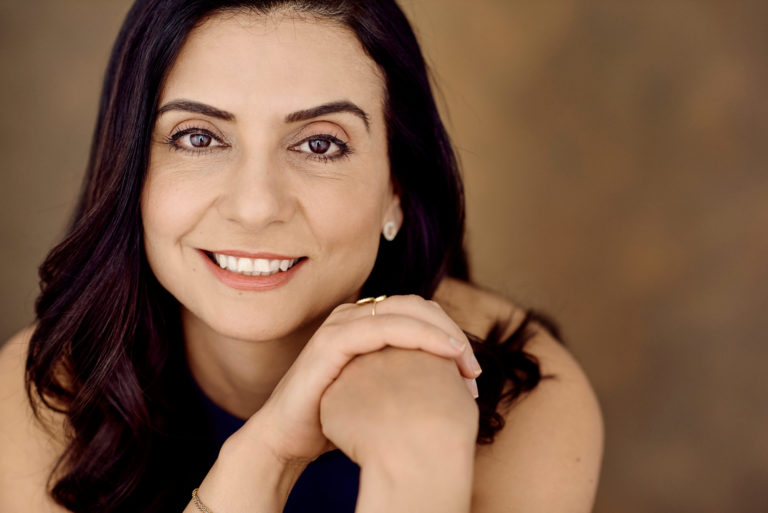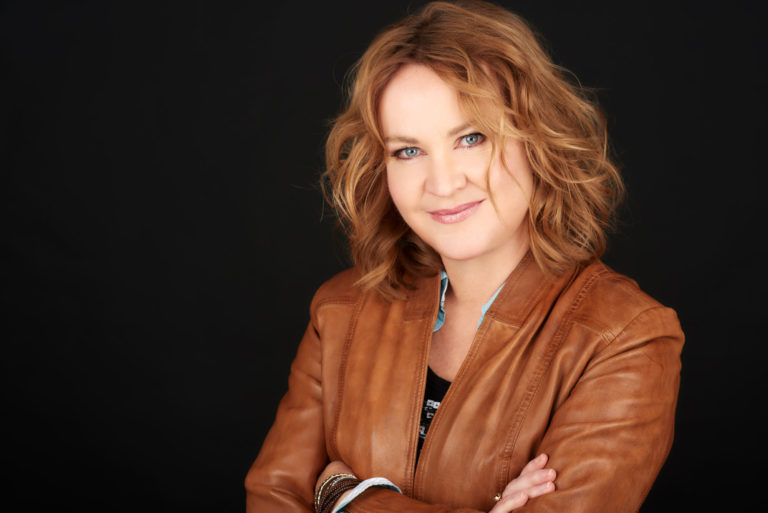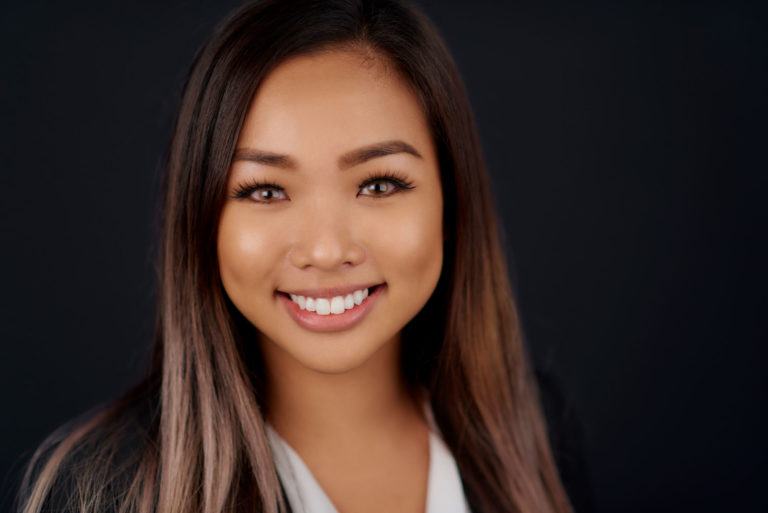I’m a client; what do I need?
It’s a given that all photographs that end up in our client’s hands are edited, even on the infrequent occasions that RAW images are handed to clients, so writing an article on understanding editing vs retouching is essential.
The majority of images will never be retouched. It’s not needed. But for hero images that might end up on posters, billboards, website headers, printed statement pieces, fine art, there is always a reason to closely inspect the image and then decide whether to retouch.
For example, in our work, it’s imperative that the studio headshots are retouched, but not all outdoor headshots require it. In addition, interior design and architectural shots benefit from retouching, as do landscapes.
Event photography only needs editing to keep to the essence of the truth. That crosses directly into news and sports, where retouching is unethical.
Finally, there is a truism that editing is a relatively basic skill. Still, retouching is an artist’s work; where the results are needed, it is a skill worth its payment.
How involved is the client with retouching?
Any final image is, in part, a collaboration between the client and photographer (and retoucher). Therefore, we listen to and respect your retouching requests. However, sometimes we are asked to do things that won’t benefit you, so we advise against it.
The most obvious thing, with respect to headshots, is to remove things like wrinkle lines. But even this requires thought. Since we already shoot to flatter our clients via lighting choices and poses, wrinkles are often significantly reduced. So, using great posing initially is the in-camera fix we’re aiming for. We are okay with reducing the effect further via retouching, but to eliminate them (in this case, wrinkles) entirely is to ignore your built-in years and decades of experience.
And that’s not us being lazy. On the contrary, there’s now enough proof that, in Australia, we are happy to see the truth (told respectfully and aiming to flatter, of course). Heavily retouched photographs inevitably unsettle the viewer. We’re so attuned to facial features that the human appearance needs to match viewer expectations.
What are the differences between editing and retouching?
The images we shoot are edited, but not all are retouched, so let’s briefly explain both ideas.
Editing can be a basic set of instructions, either given in camera or, more often, created in individual software programs post-capture. Lightroom and Capture One are more common choices among programs that help define those edits.
After the basic camera choices of ISO, f-stop, shutter speed, and focus, in-camera decisions can make the editing process more straightforward. Still, they can all be overridden in our software.
Outside of photojournalism and sports photography, it’s probably correct to assume that most photographers shoot RAW files, not jpegs.
There are ethical and moral areas to explore within both conversations, and that now includes the role of AI, but let’s leave that aside for another day.
What’s the difference between RAW and jpeg?
Let’s liken it to something else entirely. In restaurants, a list of ingredients is made into a specific dish for a customer. That’s the jpeg equivalent. It’s the final outcome of all the decisions made with the ingredients, the preparation, the cooking style, etc. Then, of course, the chef or the customer can still do other things to that final dish, but it’s more challenging.
The RAW equivalent is that the chef has control of that same list of ingredients. He could make and produce something entirely different using the same ingredients. How much will the chef add or withhold? How much extra preparation, or not, to include? The chef decides the outcome of the dish, the direction it takes, and the final presentation when he plates it for the customer. Tomato, garlic, olive oil, onion, and oregano can become whatever the chef wants, what he imagines. It depends on how conventional or fantastic he is.
Within reason, then, a photograph can be interpreted quite differently by the photographer. The scope of variations isn’t necessarily infinite, but it covers a lot of ground: darker, moodier, colder, lighter, open, warmer. Greens can become bluer. Blues can be washed out. Skin tones can become beautifully pronounced. The photographer might make the next step to turn the image into a monochrome with another round of almost infinitely variable options at their disposal.
These decisions are interpretations that the photographer wants to make, has discovered suit their workflow, and has grown to value in the context of their work.
What are the edit decisions?
If a photographer only shoots jpegs, they make all their editing decisions in-camera. And for those that can, it’s a fast way to work, offering great precision, excellent files, and immediate access to completed imagery. Those in-camera decisions include contrast, curves, tones, and white balance.
RAWs taken into third-party software might often have the photographer’s preferred “recipes” imposed on the file. Those recipes can be basic through complex solutions, including noise reduction, lens profile correction, cropping, and colour grading.
Amongst many options we can use to style an image, the photographer can adjust the different colours throughout the photo in incredible ways even before colour-grading. That can create a lot of magic within an image. I’d term it “colour-bending”.
Many edit decisions are made to take a camera RAW file, from its primary and dull “look” to being a client-ready file. But the edit might continue beyond those general, overall decisions. At this point, more specific decisions start to fall into the realm of retouching.
What is retouching?
Retouching allows the photographer to enhance, refine, and simplify the ideas explored in the image. When it comes to editing vs retouching, we start with editing and then finish with retouching. There, we can remove distractions and blemishes, fix certain elements and spots, remove stray hairs or rubbish, and fine-tune the image, which could still include more specific colouring and colour grading. But, unfortunately, there are too many ways a retoucher can improve the photo to describe in a short article.
Never been completely happy with your headshot, then we can help.
Click here to view our Professional Headshot Photo Gallery
Just a few of the ways you can contact us for your updated LinkedIn Headshot
Email: info@intothepicture.com.au
Phone: 0411 137 747
Schedule Appointment

